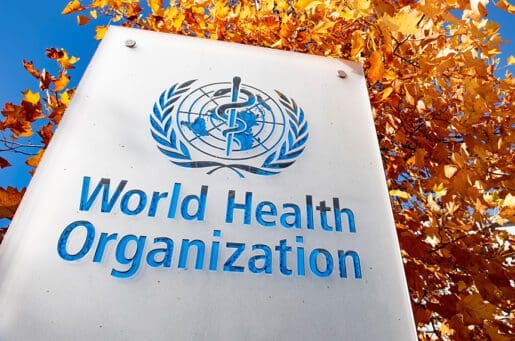Bioethics Forum Essay
Reproductive Freedom: The More Things Change . . .
An opinion piece in the New York Times, “Doctors Fail Women Who Don’t Want Children,” serves as a striking reminder that the more things seem to change, the more they stay the same.
The essay, written by a young woman who decided to remain childless, describes several unsuccessful attempts, “in deep blue New York City,” to find a physician willing to honor her request for sterilization. The author details similar experiences of other women, contrasting them with the apparent ease for men seeking the same procedure. And other women have written about similar experiences (see Huffington Post and The Guardian).
These cases reflect a common theme in the small body of empirical research on voluntary childlessness, launched in the 1970s. Forty-plus years later, the theme is alive and well. Despite the near-sacred status of the idea of “freedom” in American culture and decades of change involving reproductive matters, reproductive freedom largely remains defined in terms of pronatalist cultural norms, which emphasize the ethical imperative to reproduce and/or to parent.
When I wrote a short piece for Anthropology News (1999) entitled “The Myth of Reproductive Freedom,” I drew on the voluntary childlessness literature, my doctoral research on the reproductive histories of voluntarily childless women, personal experience, and my young adulthood working in teaching hospitals. I wrote that significant parts of American culture seemed to have confused options created by reproductive knowledge and technology with cultural options about reproduction and parenting: expanding alternatives within the parental range was confused with a cultural expansion of the range itself.
Expanding the parental range means that parenthood is no longer reserved for married, heterosexual individuals in their prime childbearing years. Along with the increased social acceptance of single parenthood, medical and technical options such as egg freezing, sperm donor banks, in vitro fertilization, and surrogacy have expanded possibilities for parenthood. Similarly, adoption is now available to same-sex couples, singles, older individuals, and those interested in adopting across ethnic lines. But childless women seeking sterilization still encounter many of the same barriers described in the voluntarily childless literature four decades ago, including partner consent, waiting periods, and psychological evaluations.
As Mardy Ireland describes in Reconceiving Women, the intentionally childless woman represents a reconception of adult-womanhood, a separation of motherhood from female identity. Conflicting with the near-universal notion that motherhood is intrinsic to female adulthood, it arouses tension and anxiety in others as something at odds with how things should be. An unintentionally childless woman is likely to be the object of sympathy, whereas a woman whose childlessness is intended is likely to be viewed as an enigma at best or, at worst, a troubling object of suspicion. Unlike men seeking a vasectomy for almost any reason and unlike women committed to childbearing, women with childless intentions can expect to be asked to justify their decision, questioned about their mental health and/or maturity, and cautioned about regret.
Changing attitudes towards sterilization requests from childless females will likely require some changes on the part of both physicians and patients. Professionals should consider an opinion issued last year by The American College of Obstetricians and Gynecologists that recognizes “women’s legitimate claims to avoid pregnancy and pursue pregnancy when desired.” Though not intended to dictate a professional course of action, the opinion recognizes that while the physician aims to err on the side of respecting a patient’s autonomy, the “dignity of risk” is always present. In other words, decision-making capacity carries with it the risk of regret.
For their part, patients would benefit from counseling that includes an introduction to the Ulysses contract. Such a contract helps patients look beyond the present when making decisions that have long-term consequences.
The most significant part of the recommendation is at the end of the Committee Opinion on Ethics statement: “Determining the ethical balance between access and safeguards may require a new kind of collaborative, interdisciplinary approach that involves many people who have not yet sat at the table together to consider this issue.” Since decisions by doctors and patients lie at the heart of sterilization requests, addressing this ethical balance will likely depend upon a willingness to reappraise the idea of decision-making autonomy both for doctors and patients.
Paula Clarke, PhD, is professor emeritus of anthropology and sociology at Columbia College in Sonora, California.












